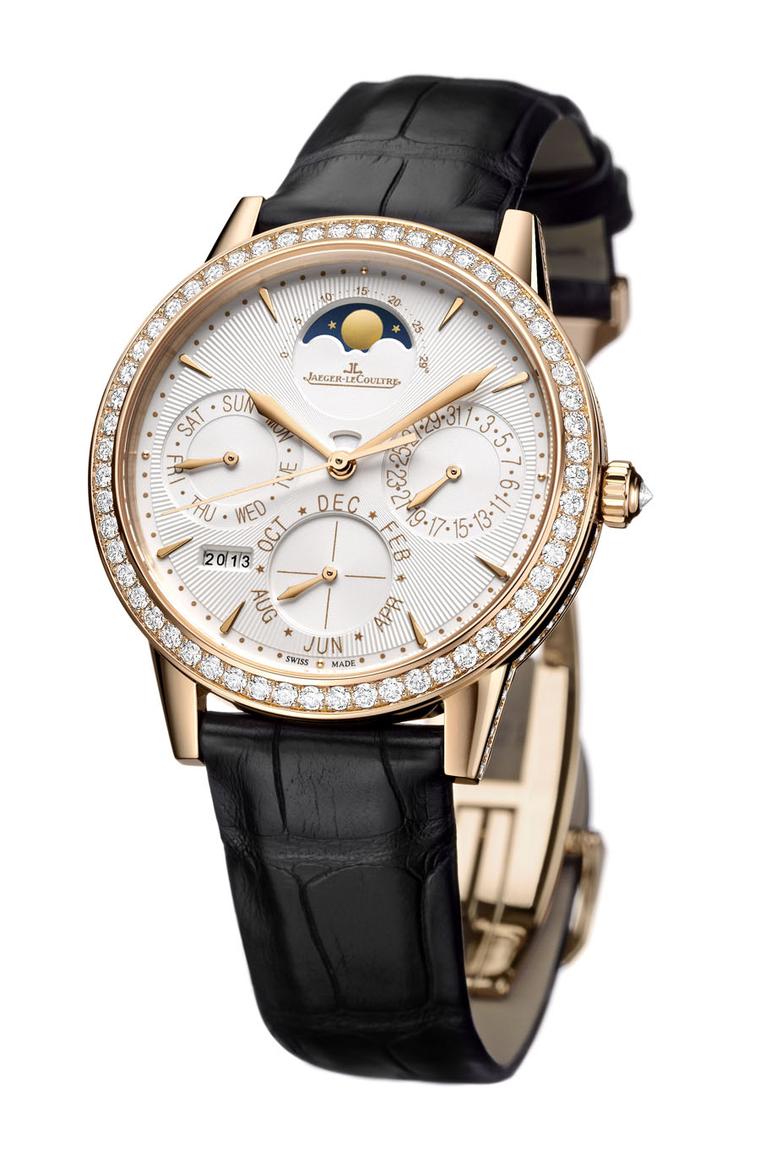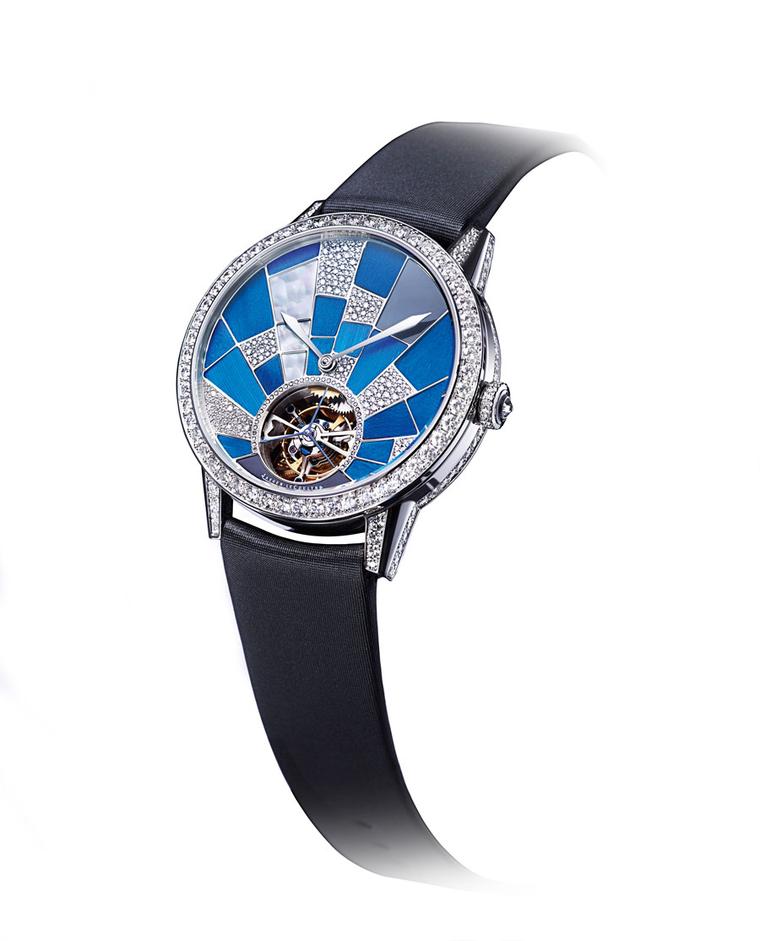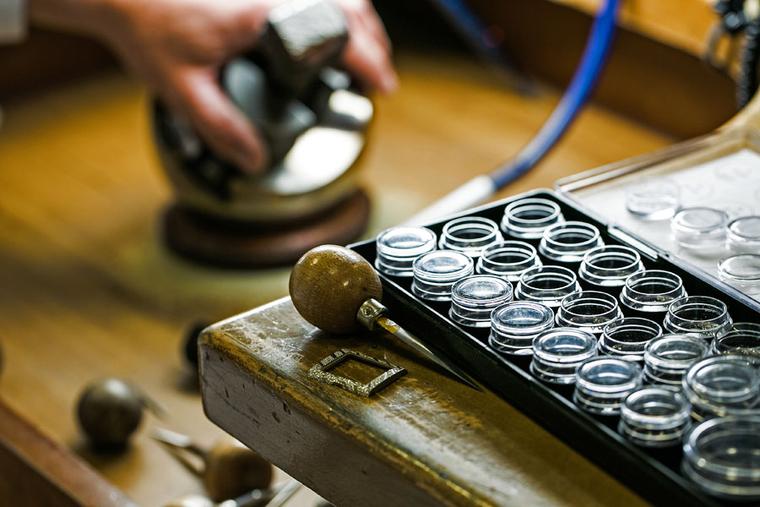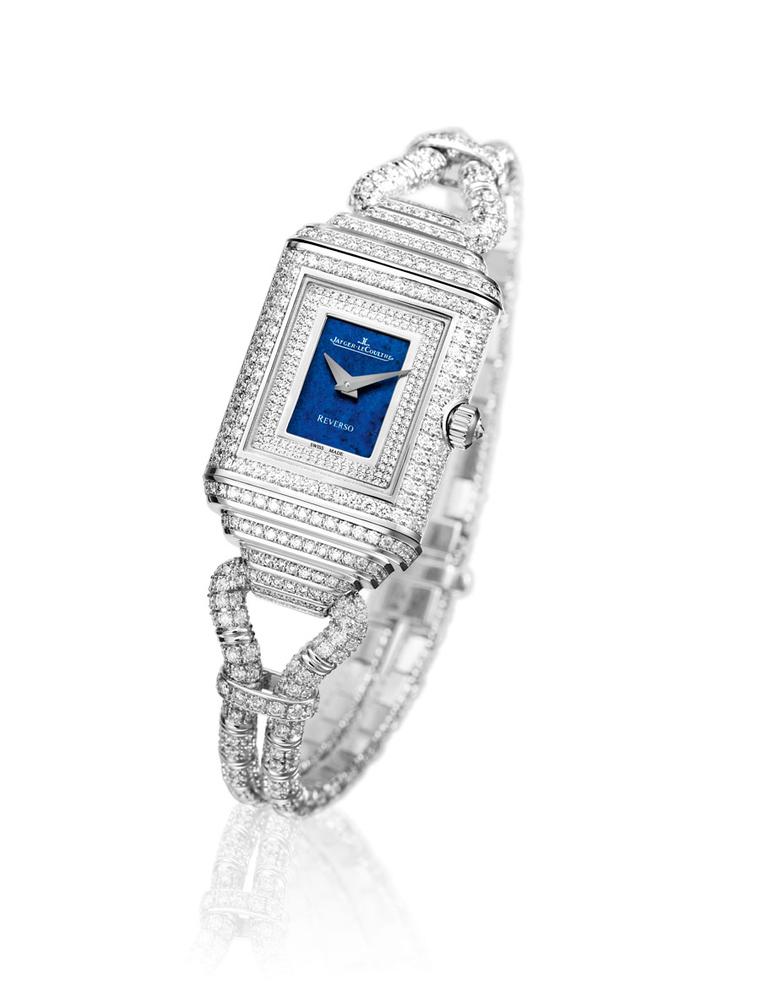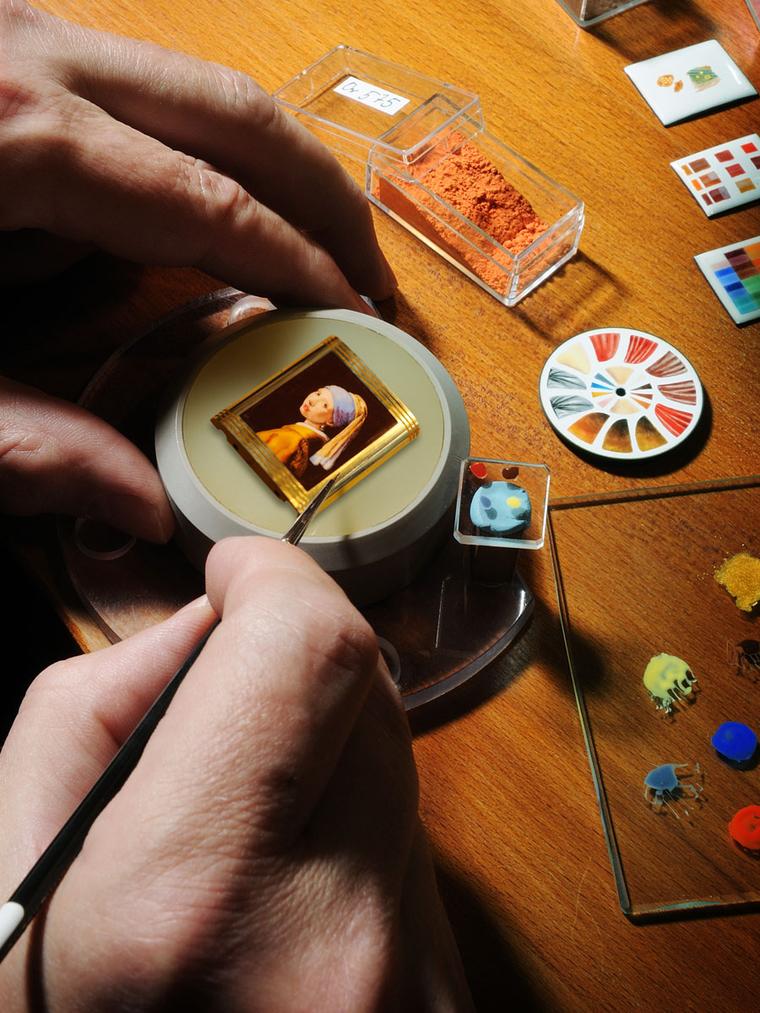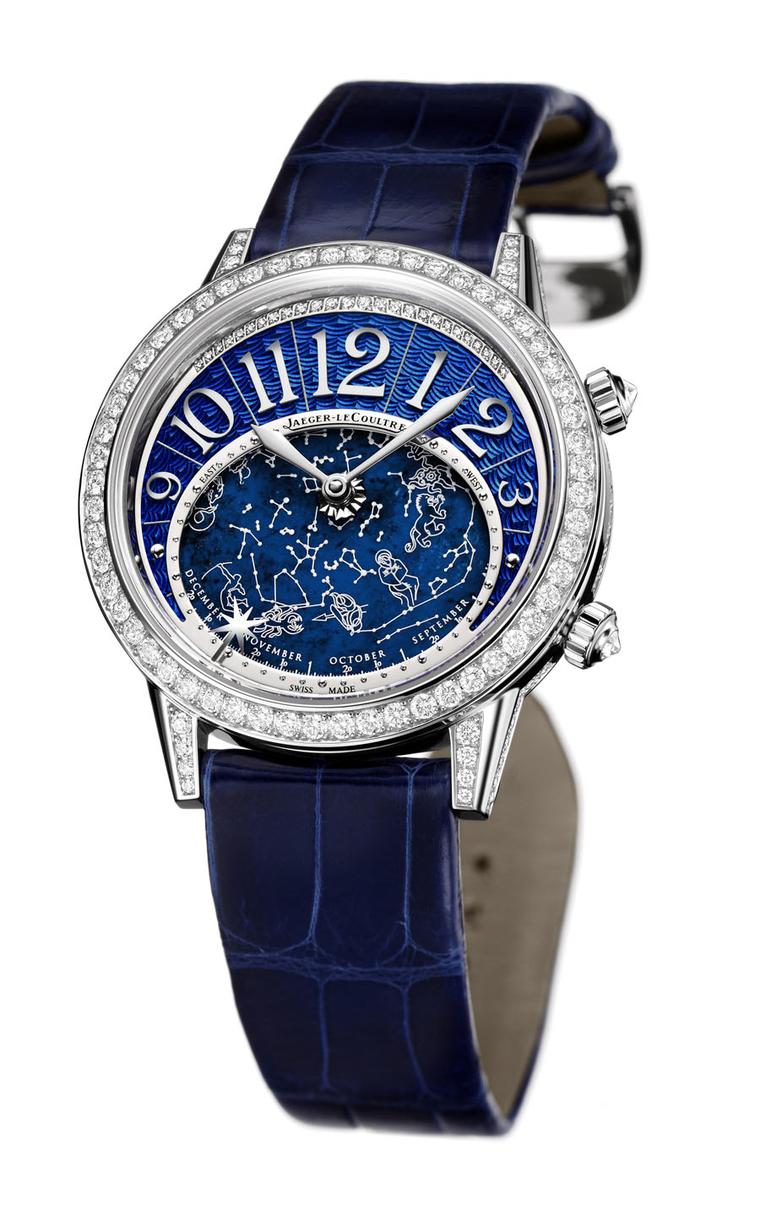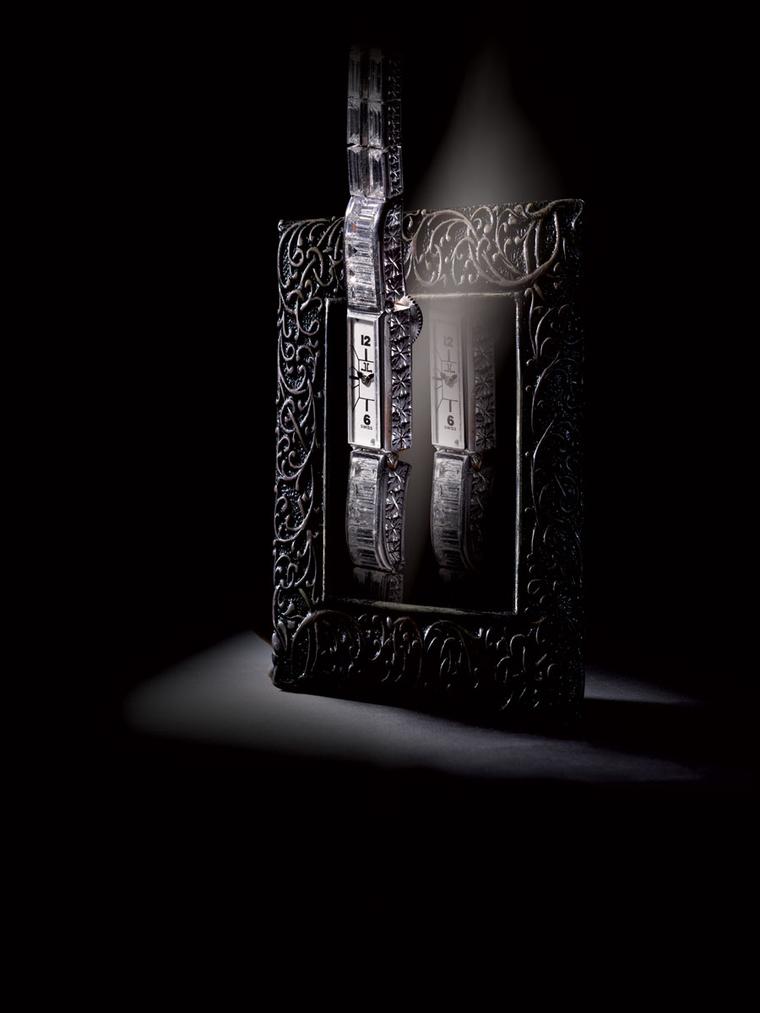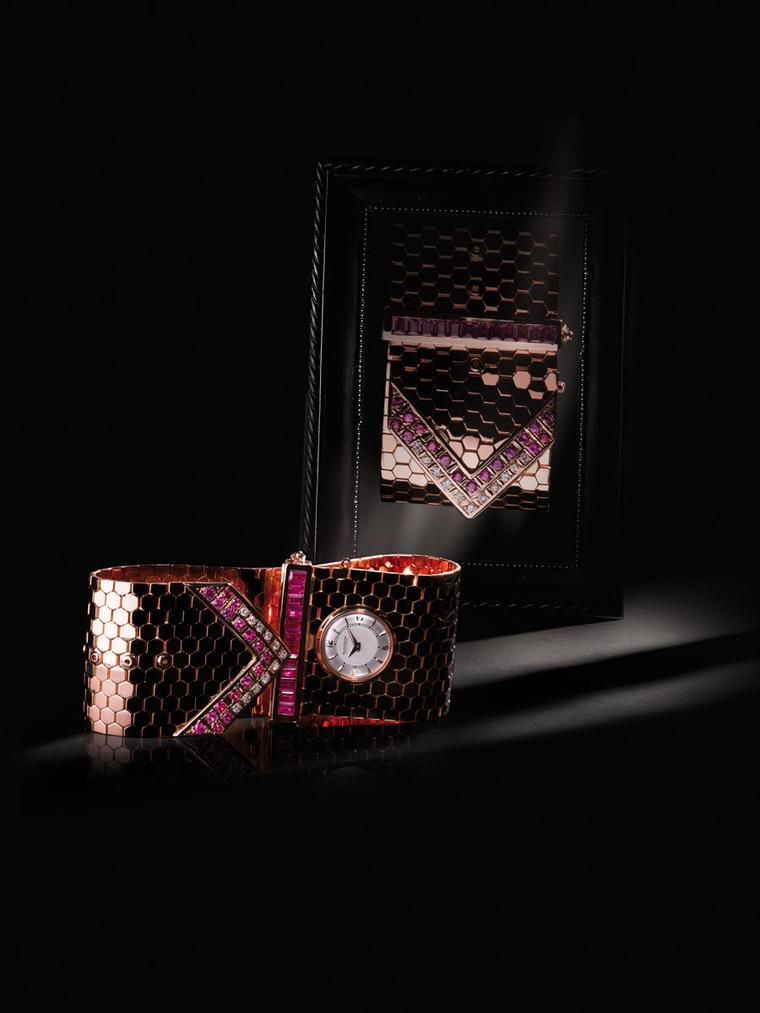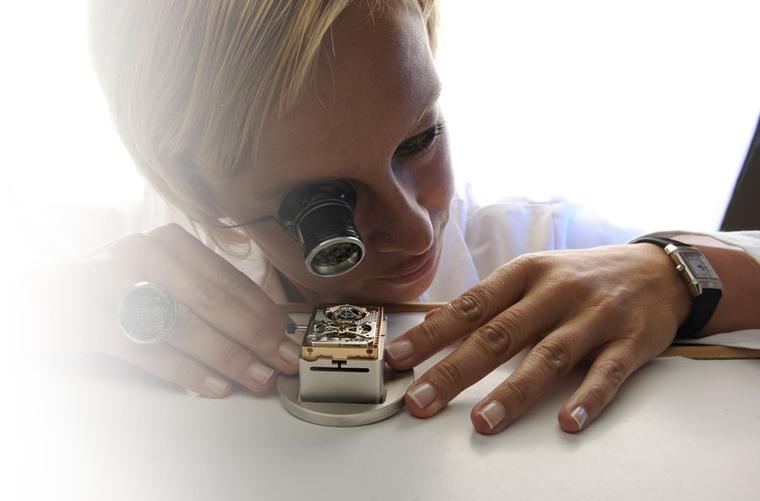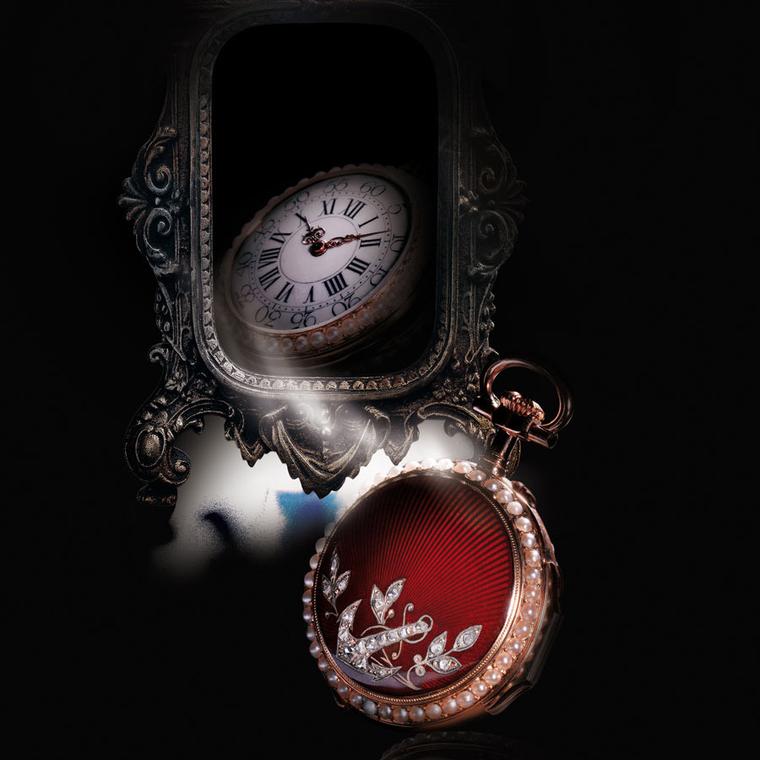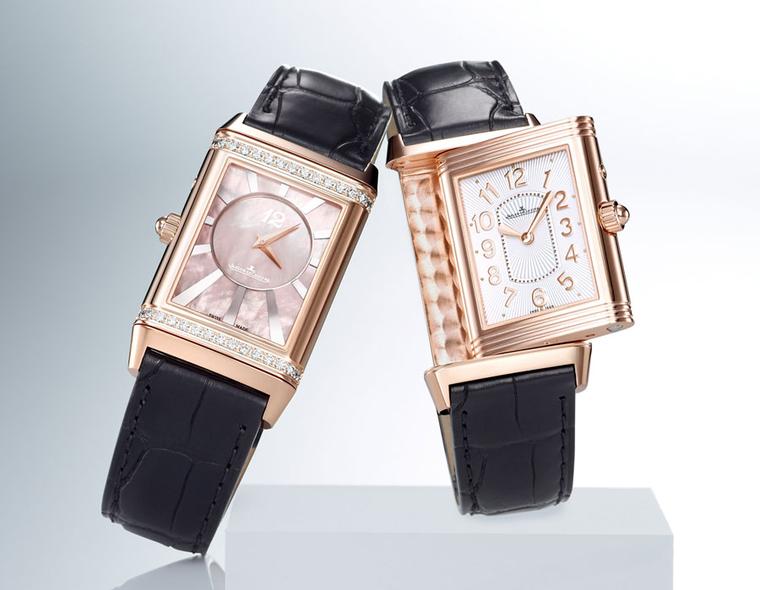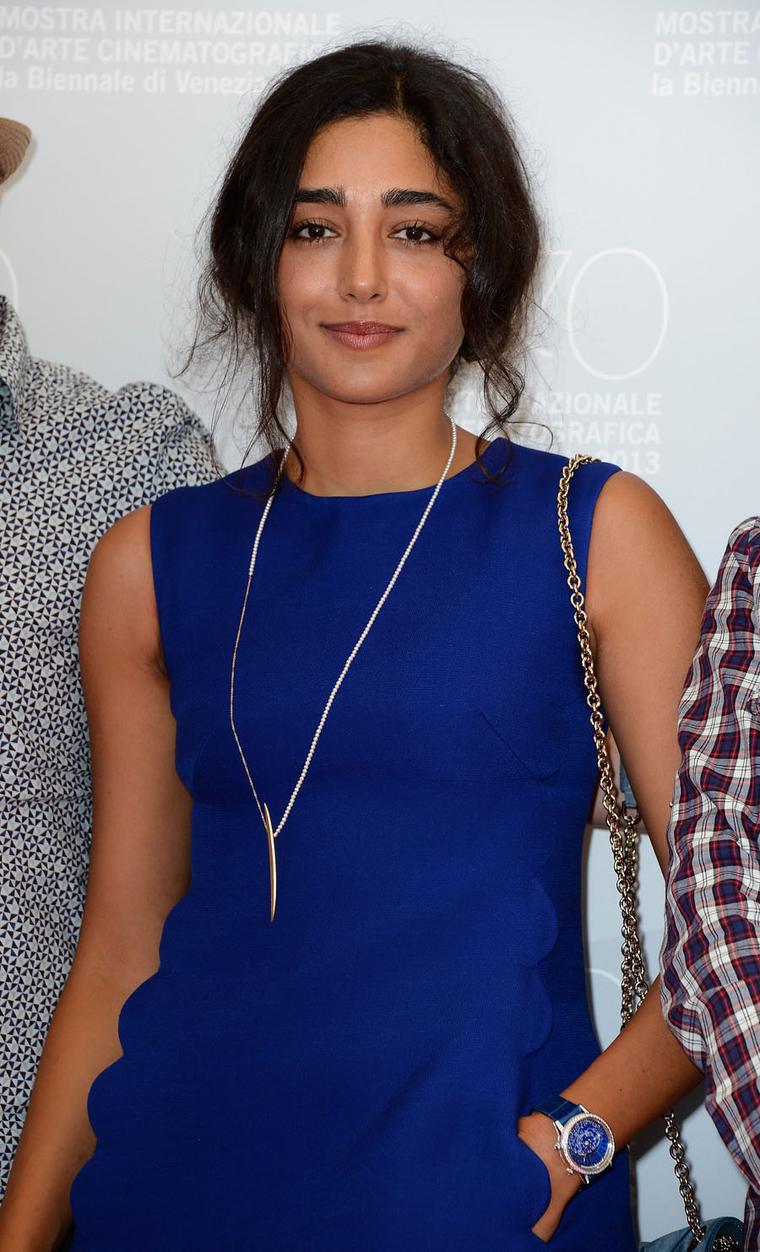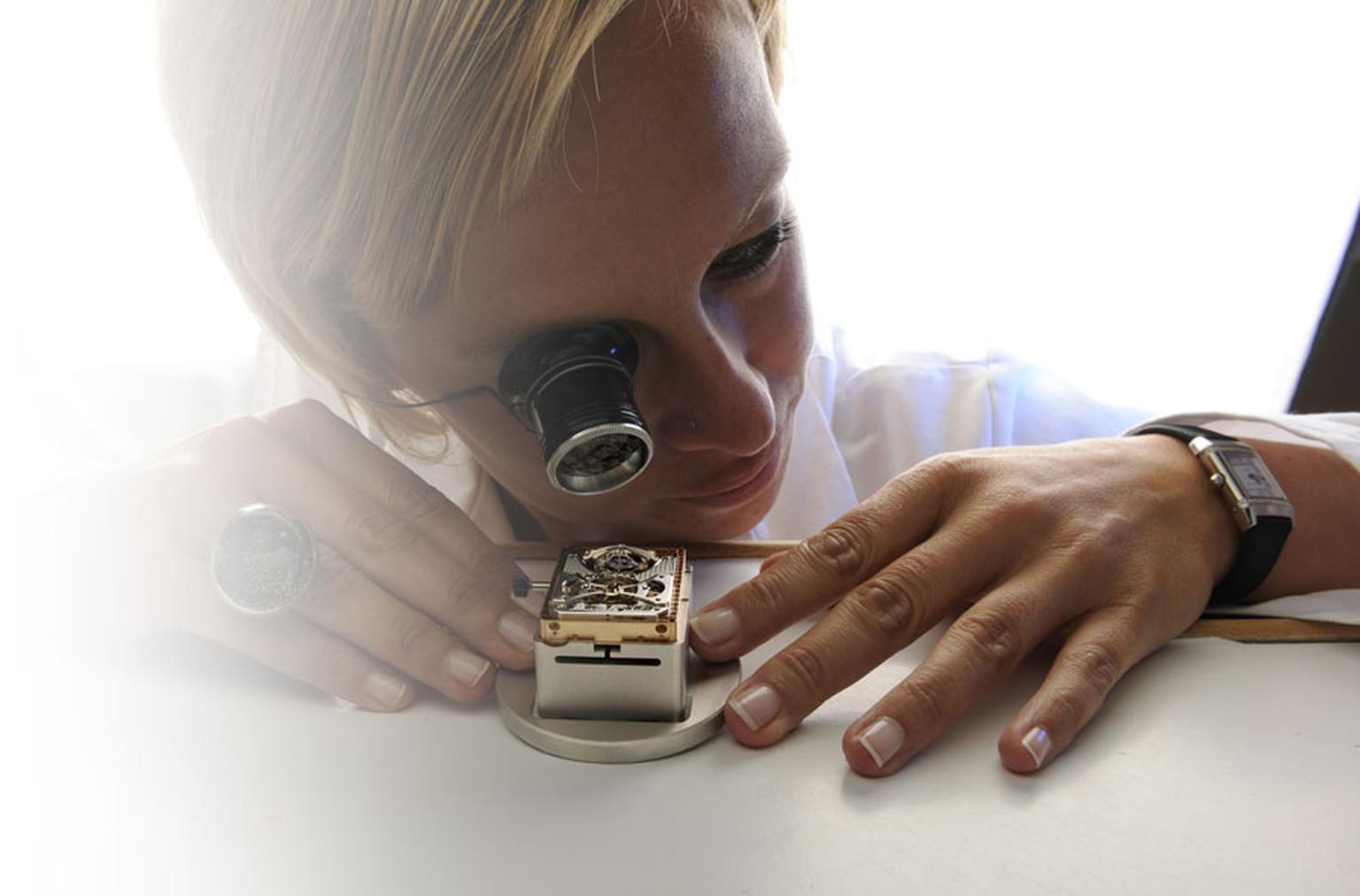
By Maria Doulton
Woken by the sound of cowbells and ducks dabbling on the lake, I started my day in a zen-like state of mind - just what was required for my visit to Jaeger-LeCoultre's watch manufacture. Tucked high in the Vallée de Joux, in the folds of the mountains that provide the dramatic alpine backdrop to Geneva, the pace of life is different here. A rhythm suited to the task of making very precious things that will last beyond the makers' and even the owners' lifetime.
No more than an hour's drive from Geneva, this chocolate-box-perfect valley is home to one of the main centres of Swiss watchmaking. Originally started by the Huguenots in the 16th century, who were fleeing religious persecution in France, the farming communities began making watch components using local iron ore during the long winter months when they were snowed in. This evolved into the modern-day watch industry, but the old ways have not been forgotten.
Though modern precision machinery and computer-guided equipment are used to make the hundreds of miniscule components that go into each Jaeger-LeCoultre movement, the watches are hand-finished and assembled to levels of perfection that ensures they will work faithfully for many generations to come. Each and every component is made in-house, from the smallest screw to the hands that sweep around the dial. This method of production allows Jaeger-LeCoultre to be called a 'manufacture' rather than merely a watch workshop.
But I have to admit that I possess a limited attention span for technical information, and though I understand the basic principles of watchmaking, I am no geek. Of course I was impressed by the rows of watchmakers peering through loupes wired around their heads as they decorated components the size of an ant's knee. But I need more than horological genius to make me fall in love with a watch. I am after something beautiful that goes straight through my heart like a hot knife through butter.
Having seen how the movements of the watches are made, I am sure my pupils dilated as we entered the silent gem-setting department. Working through binocular microscopes and looking more like laboratory professors than jewellers, the gem-setters were focussing on gently coaxing and encouraging diamonds and gemstones to fit neatly into watch cases and dials. The work is painstakingly precise. From checking the stones to final polishing of the metal, no errors are tolerated. The result is smooth-as-silk snow-settings where diamonds shimmer like morning light on freshly fallen snow.
Still with stars in my eyes from my visit to the jeweller's workshop, a refreshing walk outside brought us to an altogether separate department. A team of five enamellers and three engravers work in an art studio setting in a separate building, focussing their skills on dials and case backs no larger than the biggest coin in your pocket.
I held a miniature Van Gogh sun-drenched landscape in the palm of my hand and watched the final brush strokes of enamel paint being applied to the trees that frame the port of La Rochelle. The brush used by the enamel painter was but a few strands of mink hair. These diminutive works of art are not only a challenge to paint. They also have to endure high-temperature bakes to set the colours - and each trip to the oven could end in disaster.
Having appreciated the care and love lavished on a Jaeger-LeCoultre watch, I was then treated to a tray brimming with the results, starting with vintage pieces. A 1954 gold mesh cuff bracelet watch with rubies and diamonds oozed Hollywood glamour. A delicate diamond bracelet from 1938 was fit for a princess. In fact, a similar one was worn by Queen Elizabeth II on her coronation day. These stunning jewellery watches were made possible thanks to Jaeger-LeCoultre's miniature watch movements, which allowed the designers to tuck dials into jewels.
New watches that left me sighing included the Rendez-Vous Perpetual Calendar, with its creamy dial framed in diamonds and encased in rose gold. Then again, the Reverso Cordonet Duetto is a marvel of the gem-setters' art, the soft round 'cords' of the bracelet entirely set with diamonds. I looked closely at the blue dial of the Rendez-Vous Tourbillon Wild and realised that the mosaic of blues is in fact mother of pearl, interspersed with diamond-set plaques. The Rendez-Vous Celestial depicts the travels of the heavenly planets in midnight blue lapis lazuli, enamel and, of course, diamonds. It is a dial I could gaze at for many years and always know where the different stars were each night.
I left the quiet Vallée de Joux in awe of the technical mastery of the watchmakers but in love with the art of the enameller, engraver, dial maker and gem-setter. Superficial? Perhaps. But I can assure you that the mechanics are just as flawless as the diamonds that sparkle on a Jaeger-LeCoultre bezel.


